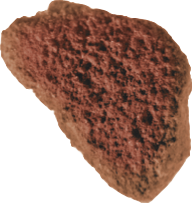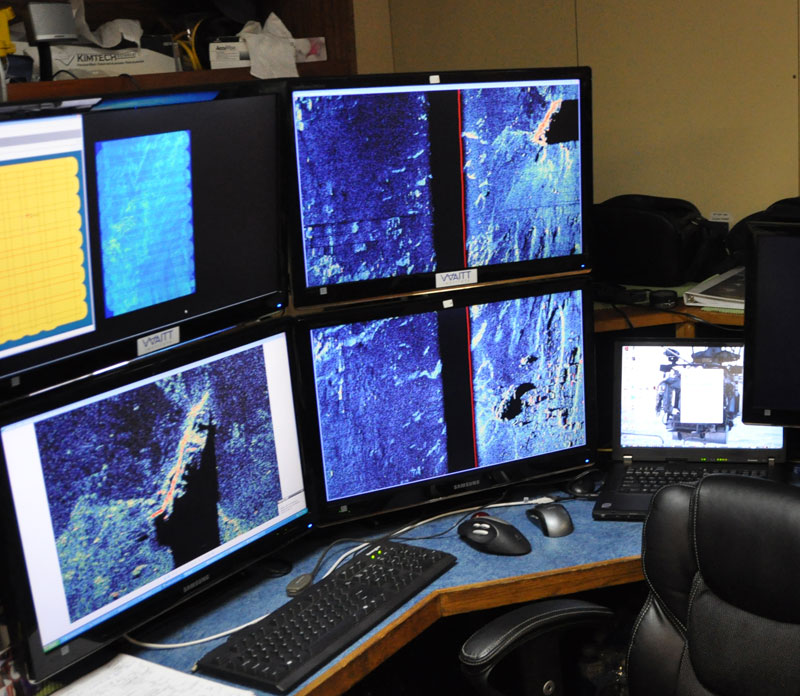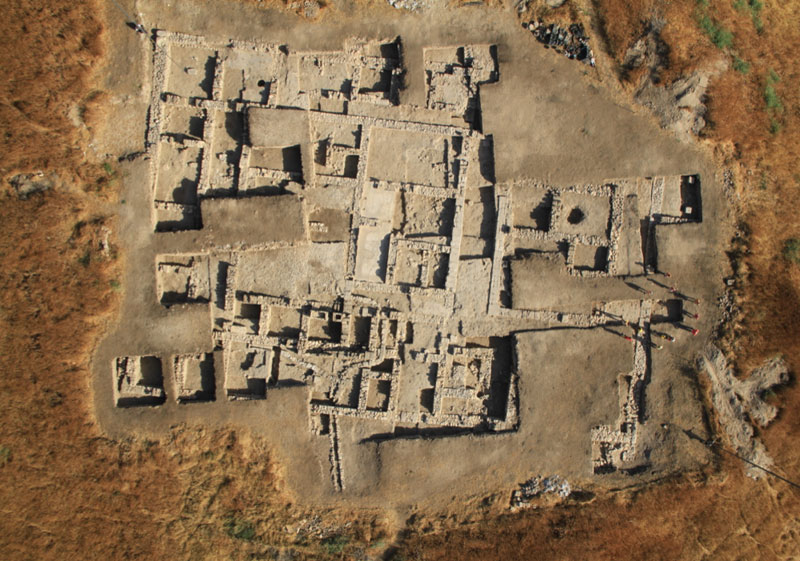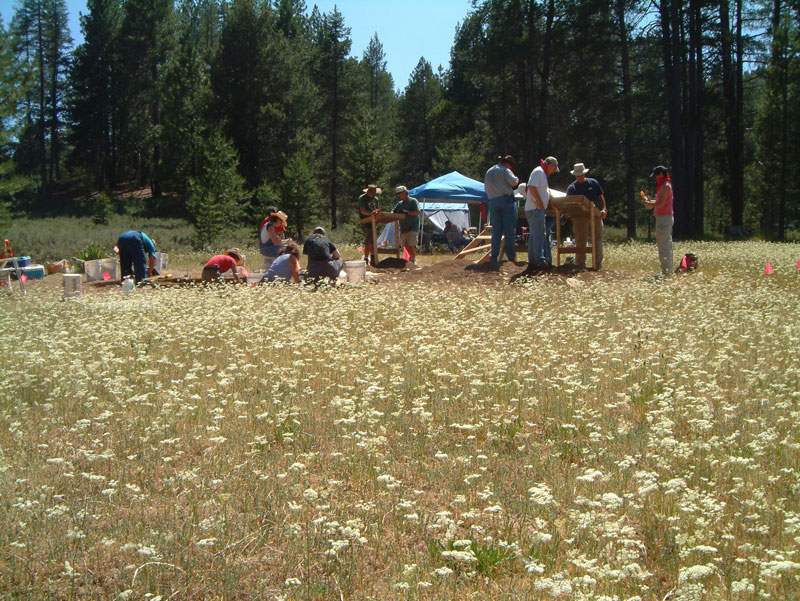
In 1981, when Wil Roebroeks of Leiden University was beginning his archaeological career, he ran across some red stains in the grayish sediments on the floodplain of the Maas River where his team was excavating. The site, called Maastricht-Belvèdère, in The Netherlands, was occupied by Neanderthals at least 200,000 years ago. Roebroeks collected and stored samples of the red stains, and 30 years later he received funding to analyze them. It became apparent that he and his team had discovered the earliest evidence of hominins using the mineral iron oxide, also known as ocher. Until now, the use of ocher—as a red pigment in rock paintings, an ingredient in glue, and for tanning hides, among other things—was thought to be a hallmark of modern human behavior. While the manner in which the mineral was used at Maastricht-Belvèdère is something of a mystery, the find has had an impact on the question of whether ocher use represents modern behavior. "This whole debate is now to some degree a non-debate," Roebroeks says, "because Neanderthals were already doing this 200,000 years ago."










